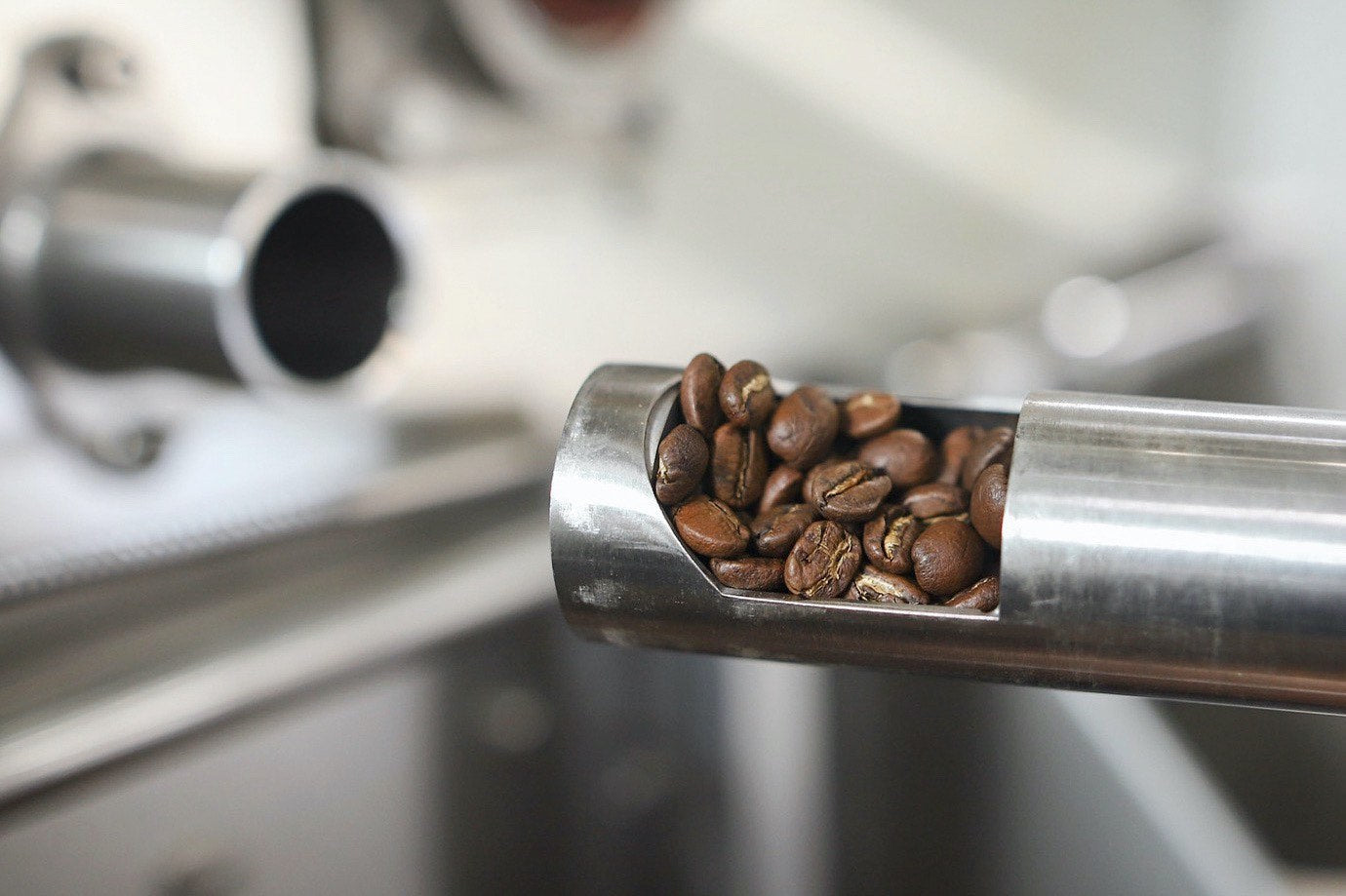Coffee starts as a cherry on a coffee plant. Once it is harvested, there are a several different ways of processing it that can affect its flavor. Washed process is the most common way of processing coffee. Natural process is another way of processing coffee, in this method the coffee cherry is left on the bean as it dries, allowing the beans to absorb the flavors of the cherry. Honey processed coffees have had the cherry and pulp are removed but some of the mucilage is allowed to remain.
Deciding on whether to what method to use for producing coffee is a complicated process. Some farms may only use washed coffees. Others may decide based on how much rain has fallen. For natural processed coffee to be produced correctly, the beans must be picked at a certain time of ripeness and dried carefully over the course of a month.
Washed vs. Natural Coffee Processing
Washed Processed Coffee
The washed processing method is the most commonly used way of processing coffee. The coffee bean and pulp are removed, and the bean is processed without the cherry, pulp, or mucilage. The washed process is a safer approach. Since the coffee cherry is removed before processing, this method relies on the flavors the bean obtains as it is growing on the coffee plant. It is known for producing a more consistent result, though it does use much more water.
Natural Processed Coffee
This method is not as prevalent as washed processing. The coffee cherry is left on the beans, allowing them to absorb flavor from the coffee cherry as it dries. It is more labor intensive and can produce inconsistent results if it is not done correctly. However, when the natural process is done correctly it can produce exciting single-origin coffees that are full of flavor from the cherry as well as the bean.
Honey Processed Coffee
In this method of processing coffee, the coffee cherry and pulp are removed but the mucilage is left to dry on the beans. It is an exciting way of processing coffee and can produce a brown sugar or “honey” taste that can be very appealing when it is done correctly. Coffee farms all around the world use the honey-process method, including Colombia, Nicaragua, Costa Rica, and Ethiopia.
There are benefits to each of the ways of processing coffee, and determining what method to use depends on whether a farm wants to invest in natural or honey processed coffee, which one brings the best flavor out of a particular coffee, and what kinds of coffee the consumers are wanting.


